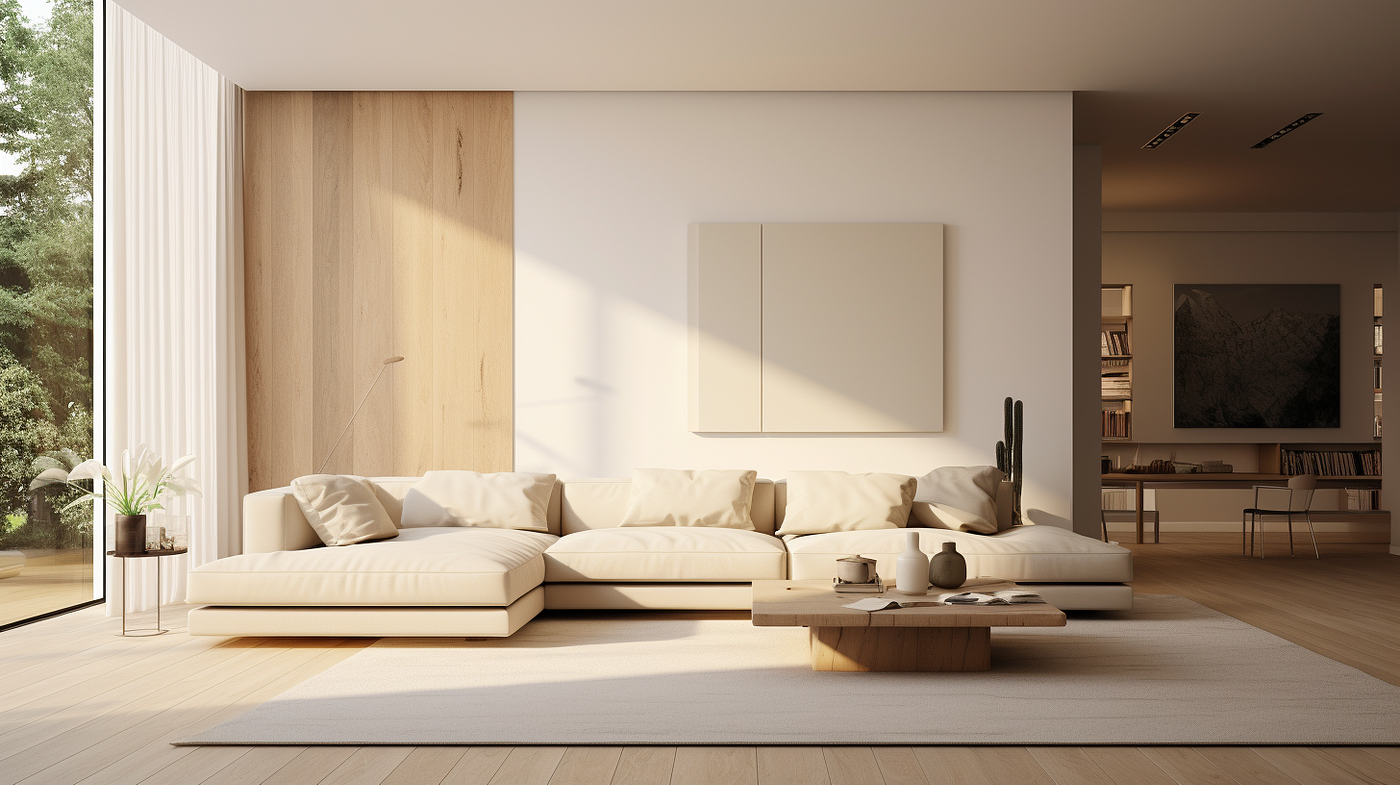How Minimalism Can Transform Your Life and Area for the Better
How Minimalism Can Transform Your Life and Area for the Better
Blog Article
Recognizing Minimalism: Strategies for Lowering Mess and Enhancing Quality in Everyday Living
Minimalism is significantly recognized as a practical strategy to improving clearness and emphasis in today's messy globe. By systematically evaluating our properties and prioritizing intentionality, we can produce rooms that not just reflect our values however also promote mental health.
Specifying Minimalism and Its Advantages
Defining minimalism involves understanding it as a lifestyle option that highlights simpleness and intentionality in both physical belongings and day-to-day routines. At its core, minimalism encourages people to prioritize what genuinely matters, permitting a much more meaningful and focused presence. By removing the non-essential, minimalism welcomes people to engage deeply with their experiences and surroundings.
The benefits of adopting a minimal approach are multifaceted. To start with, it promotes psychological clarity, as lowering mess in one's atmosphere can bring about reduced disturbances and tension. When bordered by fewer belongings, individuals commonly report boosted focus and boosted productivity. Minimalism promotes monetary freedom; by prioritizing needs over wants, individuals can make more educated buying decisions, leading to possible financial savings and lowered financial debt. A minimalist way of life can produce emotional benefits, as it encourages individuals to cultivate gratitude for what they have rather than yearning for more.
Eventually, minimalism is not just about worldly reduction yet includes an all natural shift in point of view, fostering a life identified by satisfaction, purpose, and equilibrium. Welcoming this way of living can bring about profound adjustments in exactly how people communicate and perceive with the world around them.
Examining Your Current Clutter
Clutter often manifests as an overwhelming accumulation of items that no longer offer a purpose, creating a barrier to achieving a minimal way of living. To properly assess your current clutter, it is important to take on a systematic method. Begin by determining the areas in your home that feel frustrating or disorderly. Bear in mind of details categories of products, such as apparel, books, or cookware, as this will help you recognize the scope of the mess.

Furthermore, think about the regularity of usage for each thing. Eventually, understanding your existing mess is an essential step toward accepting minimalism and boosting quality in your everyday living.

Practical Decluttering Methods
Having assessed your existing clutter, the following action is to implement useful decluttering techniques that assist in an even more organized living room. Minimalism. One efficient method is the "Four-Box" method, where you designate 4 boxes classified: keep, give away, trash, and relocate. This strategy urges quick decision-making and makes sure things are classified properly
Another technique is the "One in, One out" regulation, which stipulates that for every brand-new product obtained, an existing item should be eliminated. This principle aids keep equilibrium and avoids buildup gradually. In addition, think about the "30-Day Minimalism Video Game," where you remove one product on the initial day, 2 on the second, and so forth, cumulatively cultivating a sense of accomplishment.
Limitation yourself to a certain number of treasured items, enabling you to appreciate their value without frustrating your area. By employing these strategies, you can develop a more efficient and tranquil living area, ultimately improving quality in your daily life.
Creating Deliberate Spaces
Creating intentional areas involves a thoughtful strategy to how we layout and arrange our environments, making certain each location offers a details purpose and reflects our worths. This method is vital in cultivating a sense of clarity and objective in our every day lives. By seriously assessing the function of each area, we can eliminate distractions and boost our overall well-being.
To develop intentional areas, start by recognizing the primary activities that will take place in each area. A home office ought weblink to be created to cultivate efficiency, including elements such as sufficient illumination, comfortable furnishings, and marginal diversions. On the other hand, a leisure location must advertise peace, featuring comforting shades and comfy seating.
Additionally, think about the emotional impact of your surroundings (Minimalism). Incorporating personal items that resonate with your worths, such as art work or plants, can boost the connection to your area. Regularly review these atmospheres to ensure they remain to offer their desired function as your demands progress
Eventually, producing intentional rooms has to do with making mindful selections that align with your way of living, promoting harmony and efficiency in your living and workplace.
Keeping a Minimalist Attitude
Welcoming a minimal frame of mind needs ongoing representation and intentionality in our ideas and actions. Establish aside time to review your commitments, possessions, and also digital web content, guaranteeing they line up with your core principles.
This shift in point of view encourages recognition for simpleness, boosting general well-being. Including mindfulness strategies, such as meditation or journaling, can further reinforce a minimalist way of thinking by promoting quality and reducing mental mess.
Additionally, develop limits to shield your time and energy. Discover to claim no to non-essential responsibilities and interruptions that weblink do not add to your individual development. Border on your own with like-minded individuals that sustain your minimal journey, as shared worths can improve inspiration and liability.
Final Thought
In conclusion, embracing minimalism uses substantial benefits, consisting of decreased mess and enhanced clearness in every day life (Minimalism). By methodically evaluating ownerships and applying functional decluttering site link methods, individuals can create deliberate areas that cultivate mindfulness and appreciation. Maintaining a minimalist attitude calls for ongoing analysis and commitment to simplicity, inevitably leading to a more focused and fulfilling way of life. The concepts of minimalism function as beneficial devices for growing an environment that sustains personal development and health.

In addition, consider the "30-Day Minimalism Game," where you remove one thing on the first day, 2 on the second, and so forth, cumulatively cultivating a feeling of achievement.
In conclusion, embracing minimalism provides significant advantages, including minimized clutter and enhanced clarity in everyday life.
Report this page